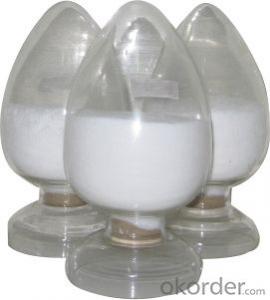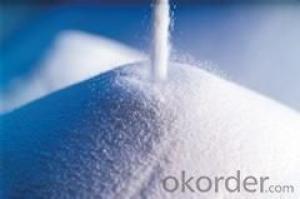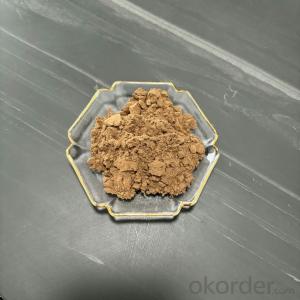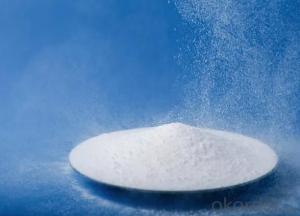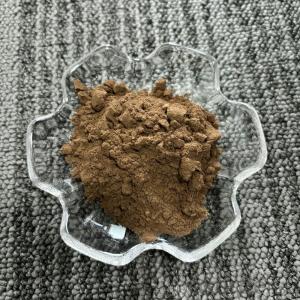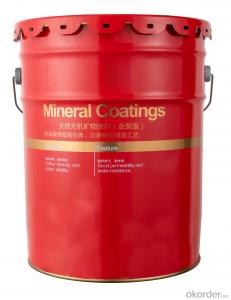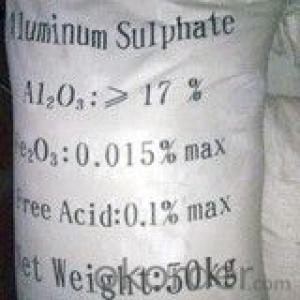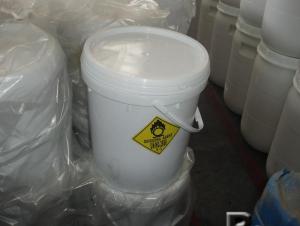Carbon Black Precipitated Silica
- Loading Port:
- Tianjin
- Payment Terms:
- TT OR LC
- Min Order Qty:
- -
- Supply Capability:
- 10000MT m.t./month
OKorder Service Pledge
OKorder Financial Service
You Might Also Like
Precipitated Silica
Product Description:
Precipitated Silica
1.Used in tires, tire body, with beam layer and sidewall rubber and rubber products,Shoes Etc.
2.Product Status:White powder
Suggest for Use:
(1) M160 Used in tires, tire body, with beam layer and sidewall rubber and rubber products.For strengthening filler in rubber, rubber formula provides high hardness, high breaking strength, high tear strength and high wear resistance, improve the rubber and steel cord bonding strength. Improve the durability of the rubber, to improve flexible and shock resistance, resistance to improve tractional snow tires on the road, improve the tire all-weather performance.
(2) M170 Used in tires, rubber products and sole material.For strengthening filler in rubber, rubber formula provides high hardness, high breaking strength, high tear strength and high wear resistance, and resistance to aging performance.
(3) M180 Used in shoe materials, rubber products. For strengthening filler in rubber, in color rubber products, instead of reinforcing carbon black, meet the needs of white or translucent product, it has strong bonding strength, tear resistance and heat-resistant anti-aging performance.
TDS of the Precipitated Silica Standard: GB3778-2003
Product Varieties | M160 | M170 | M180 |
Nsa Surface Area(m2/kg) | 160+15 | 170+15 | 180+15 |
Silica Content% | 93 | 93 | 93 |
Color | Better than Standard samples | ||
45um sieve residue | 0.5 | 0.5 | 0.5 |
Heatloss(%) | 5.5±1.0 | 5.5±1.5 | 5.7±1.0 |
LOI % | 6.0 | 6.0 | 6.0 |
PH Value | 6.7±0.3 | 6.2±0.5 | 6.7±0.3 |
DBP absorption Value (10-5m2/kg) | 2.20±0.10 | 2.55±0.10 | 2.20±0.10 |
Conductivity us/cm | 900 | 900 | 900 |
Cu mg/kg | 30 | ||
Mn mg/kg | 50 | ||
Fe mg/kg | 1000 | ||
Safety:
As a matter of good industrial hygiene, gloves and safety glasses with side shields or better eye protection should be worn when handing Carbon Black ,For more information, refer to the MSDS.

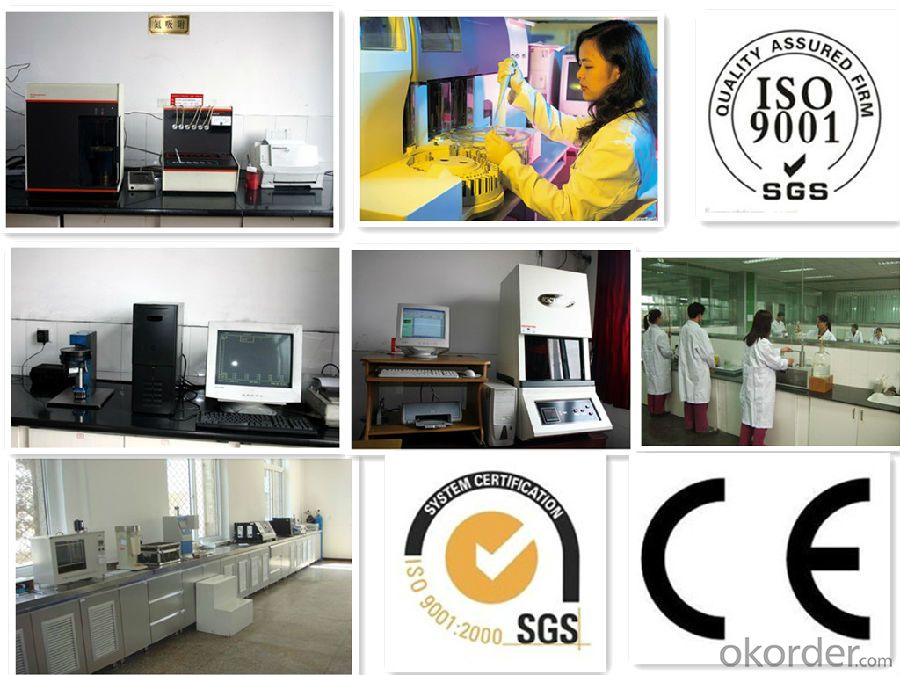
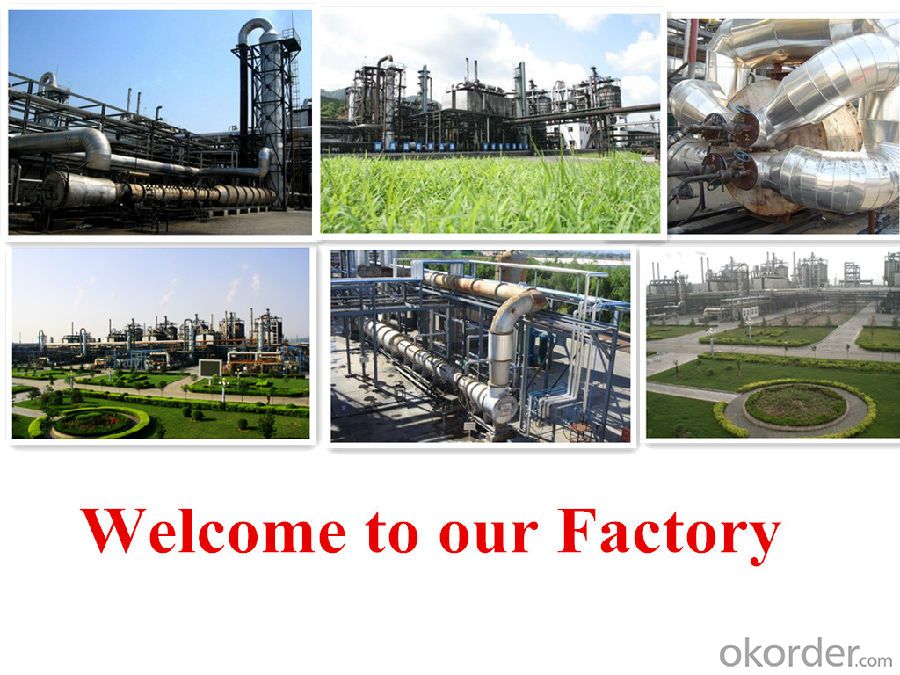
- Q:Effect of Catalyst on Chemical Reaction Rate
- The catalyst can reduce the activation energy of the chemical reaction and allow the reaction to take a shortcut
- Q:what is metallocene catalyst technology?
- Metallocene catalyst A transition-metal atom sandwiched between ring structures having a well-defined single catalytic site and well-understood molecular structure used to produce uniform polyolefins with unique structures and physical properties. See also Catalysis; Coordination chemistry; Coordination complexes; Metallocenes; Organometallic compound. In the early 1980s, W. Kaminsky discovered that an appropriate co-catalyst activated metallocene compounds of group 4 metals, that is, titanium, zirconium, and hafnium, for alpha-olefin polymerization, attracting industrial interest. This observation led to the synthesis of a great number of metallocene compounds for the production of polymers already made industrially, such as polyethylene and polypropylene, and new materials. Polymers produced with metallocene catalysts represent a small fraction of the entire polyolefin market, but experts agree that such a fraction will increase rapidly in the future. See also Polymer; Polymerization; Polyolefin resins.
- Q:The greater the chemical adsorption strength, the catalyst activity changes
- If the adsorbent is a reactant, then the better the adsorption capacity of the better catalytic effect; but the catalyst surface of the product will generally have adsorption, if this effect has become very strong, then desorption The process will become difficult, the catalytic effect will decline; the other one, if the adsorption of other substances, such as the reaction may produce a reaction or the catalyst will poison the material, it is greatly detrimental to the catalytic effect. The effect is to be controlled in a suitable optimum range for superior, and preferably to be selectively adsorbed.
- Q:CO and NO react under the action of a catalyst to generate chemical formulas for CO2 and N2.
- 2CO + 2NO = catalyst = 2CO2 + N2
- Q:In biology, the enzyme seems to be a tool for opening a reaction, such as the decomposition of cellulose, such as linked RNA and protein, no enzyme can not. But in chemistry, the catalyst is only a regulatory role, change the reaction rate only. The teacher said that the enzyme is the catalyst. Is there any other effect of the enzyme? (Ignorant high three dogs, you do not spray the big god)
- But let's not say that there is no enzyme or catalyst, the reaction can not be carried out. In the process of random collision of a molecule, the occasional jump of 3 meters is also possible, but the probability is low. From the macro point of view, is the reaction rate is low. So what rate, catalyst, or what xxx let high school teacher how to say, chemical catalysis and enzyme catalysis of the fundamental principles are the same, so you go to college to understand.
- Q:What is the principle of the catalyst? Why can change the rate of chemical reactions and their own without any change
- The principle of the catalyst: the catalyst is mainly by reducing the activation energy, so that the reaction is easy to carry out, so as to achieve the catalytic effect.
- Q:Does the catalyst affect the chemical reaction rate constant? How does the chemical reaction rate constant change when a positive catalyst is added to a reaction?
- The positive catalyst will increase the constant, negat
- Q:The last question asked no one answered this question.
- This problem is difficult to answer comprehensively because the study of the different directions of the catalyst is different.
- Q:What is catalyst in Science?
- A catalyst is a substance that aids a chemical reaction (by doing this increasing the reaction rate) but is not consumed by the reaction. For example, hydrogen peroxide (H2O2) spontaneously decomposes into water and oxygen over time. the addition of manganese dioxide will greatly increase the rate of reaction, but none is consumed.
- Q:Why extract the genome, the digestion is always not cut
- The process of metabolism in the body contains many complex and regular material metabolism and energy changes.Green plants and certain bacteria use solar energy, water, CO2 and inorganic salts and other simple substances, after a series of changes, the synthesis of complex sugar, Fat, protein and other macromolecules, and animals and the use of these plants in the material, and through the complex decomposition and synthesis, the reaction into their own part of the need to grow, breeding, etc. In the laboratory, complex The synthesis and decomposition of organic matter must be carried out under severe conditions such as high temperature, high pressure, strong acid and alkali, such as starch and protein hydrolysis, and some reactions are difficult to carry out in vitro, such as protein synthesis, but in biological conditions Mild (370C or so, near neutral pH), these reactions can be carried out smoothly and quickly.For example, animals eat meat in the digestive tract only a few hours will be completely digested and decomposed; bacteria in the appropriate conditions, Twenty minutes to proliferate generation, in this short twenty minutes, the synthesis of new cells within the need for all the complex substances, etc., what is the reason? This makes the chemical reaction in the body easier And the root cause of rapid progress is the prevalence of a catalytic role in the body of the protein - enzyme.
1. Manufacturer Overview |
|
|---|---|
| Location | |
| Year Established | |
| Annual Output Value | |
| Main Markets | |
| Company Certifications | |
2. Manufacturer Certificates |
|
|---|---|
| a) Certification Name | |
| Range | |
| Reference | |
| Validity Period | |
3. Manufacturer Capability |
|
|---|---|
| a)Trade Capacity | |
| Nearest Port | |
| Export Percentage | |
| No.of Employees in Trade Department | |
| Language Spoken: | |
| b)Factory Information | |
| Factory Size: | |
| No. of Production Lines | |
| Contract Manufacturing | |
| Product Price Range | |
Send your message to us
Carbon Black Precipitated Silica
- Loading Port:
- Tianjin
- Payment Terms:
- TT OR LC
- Min Order Qty:
- -
- Supply Capability:
- 10000MT m.t./month
OKorder Service Pledge
OKorder Financial Service
Similar products
New products
Hot products
Related keywords
